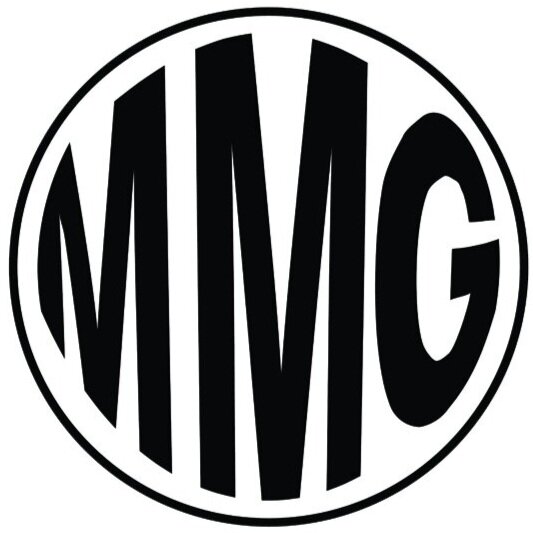Cancer Screening
Finding cancer early improves your chances of successful treatment and long-term survival.
Make sure you are up to date with your cancer screening programs
Breast
Bowel
Cervical
Prostate
Breast cancer
Check early for Brest cancer
Breast cancer symptoms
New lumps or thickening in the breast, especially if in only one breast
Nipple sores, changing in the shape of the nipple
Nipple discharge or turning in
Changes in the size or shape of the breast
Skin of the breast dimpling
Discomfort or swelling in the armpit
Rash or red swollen breasts
Ongoing pain that is not related to your menstrual cycle that remains after your period and occurs in only one breast
If you are over 40 you can have a free Mammogram (Brest x-ray) every two years. Mammograms look for early Brest cancer in women without symptoms.
Regular Mammograms can reduce your risk of Brest cancer death by 25%
In 2022, it is estimated that women have a 1 in 8 risk of being diagnosed with breast cancer by the age of 85
https://www.canceraustralia.gov.au/cancer-types/breast-cancer/statistics
Bowel
Ask about screening for bowel cancer
Early detection of bowel cancer greatly improves chances of successfully treatment.
Your risk of bowel cancer increases with age. If you are over 50 you should be teste for bowel cancer every two years.
The National bowel screening program, using FOBT is offered free to all Australians aged between 50-74 every two years. If it’s time for you to do a bowel test speak with your doctor.
It is estimated that 1 in 21 females will be diagnosed with bowel cancer by the age of 85
1 in 18 males will be diagnosed with bowel cancer by the time they are 85
https://www.canceraustralia.gov.au/cancer-types/bowel-cancer/statistics
Cervical Cancer
Have a regular cervical screening test
Have a cervical screening test every five years from the age of 25.
A pap smear and a cervical screening test while they are similar in its procedure, they are slightly different in that the cervical screening program now tests for the human papillomavirus (HPV), which causes almost all cases of cervical cancer. The Cervical screening test has replaced the pap test since 2017. If you have had a pap smear you should have your Cervical screening two years after that pap test.
In Australia women can access a vaccine that can protect against the cause of most cervical cancers, HPV. However, it does not protect against all HPV types which is why women still need regular cervical screening tests.
There is currently no screening test for ovarian, uterine, endometrial, vulvar, or vaginal cancers. Fortunately, these cancers are rare. Be aware of what is normal for you and if you notice any changes visit your doctor.
Chance of surviving at least 5 years if diagnosed with cervical cancer is 74%
https://www.canceraustralia.gov.au/cancer-types/cervical-cancer/statistics
Prostate Cancer
The cause of prostate cancer is unknown. There is no single, simple test to detect prostate cancer.
Prostate cancer may be suspected with a blood test that checks your Prostate specific antigen (PSA) levels. Speak with your doctor if you notice any changes and think you may need a PSA test.
Prostate Cancer symptoms
Early prostate cancer usually does not cause symptoms.
Advanced prostate cancer symptoms can include:
frequent urination
pain while urinating
blood in the urine or semen
a weak stream
pain in the back or pelvis
weak legs or feet.
unexplained weight loss
fatigue
It is estimated that 1 in 6 (17%) mean are at risk on being diagnosed with prostate cancer by the age of 85.
https://www.canceraustralia.gov.au/cancer-types/prostate-cancer/statistics

